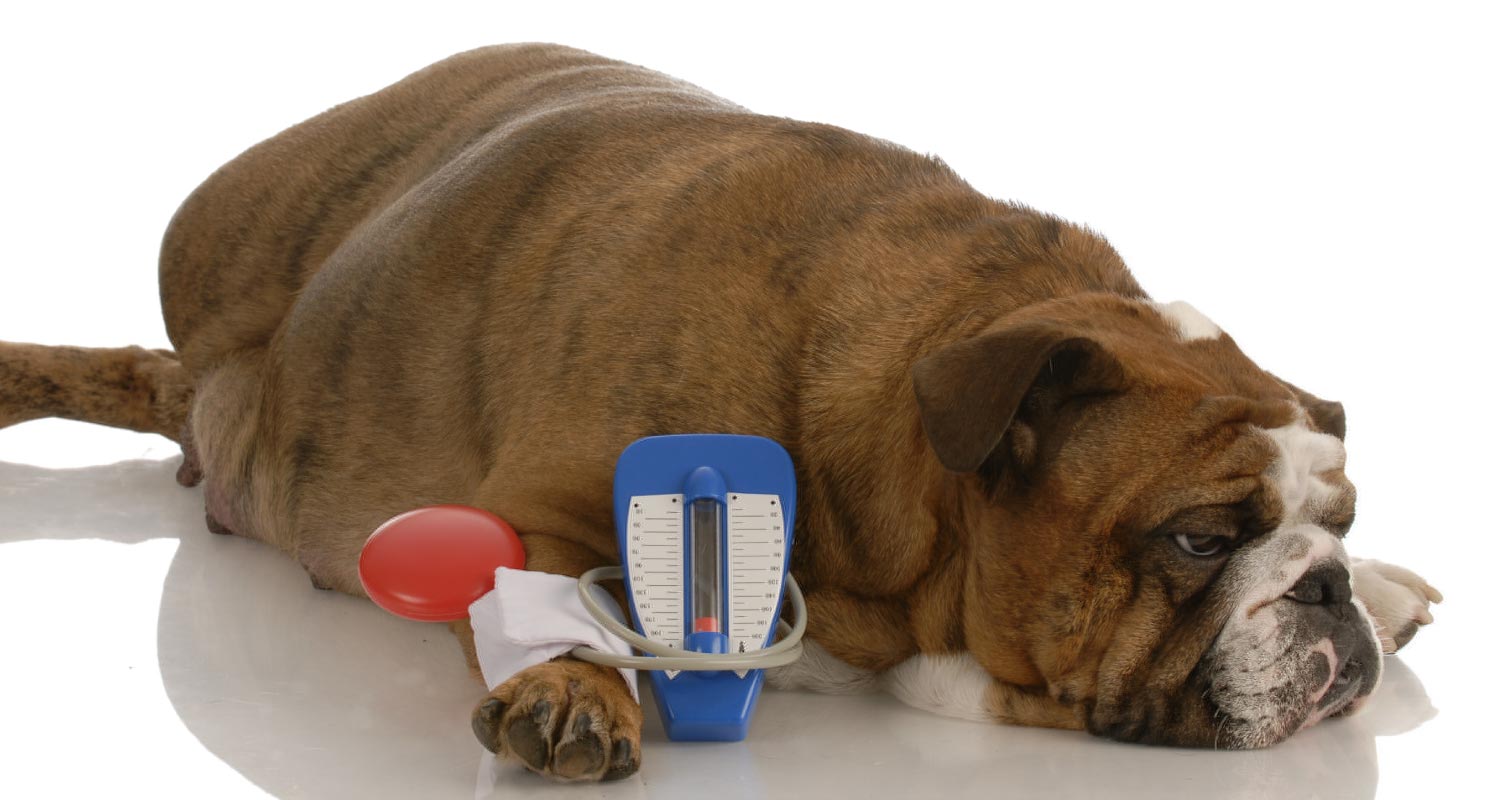HEALTH & WELLNESS

VOTING BOOTH

TRENDING

LIONS FOUNDATION OF CANADA DOG GUIDES
Lions Foundation of Canada Dog Guides and its founding program, Canine Vision Canada, was established in 1983. It’s the largest school of its kind in Canada with its training school in Oakville and breeding facility in Breslau.
What are the Signs & Symptoms of Pain in Dogs?

Pain in dogs is a tricky thing, because it’s not always so obvious… until it’s more severe.
So, as pet owners we should educate ourselves about the signs and symptoms of pain in dogs so that we can provide relief as soon as possible.
In fact, it’s our ethical and legal responsibility to help our pets when they’re experiencing pain.
Here’s an overview of the signs and symptoms of pain in dogs you should know about.
Appearance & Behavioural Changes
- Stiffness
- Shivering
- Eating less
- Inappetence
- Unenthusiastic
- Trouble sleeping
- Unusual posture
- Not willing to move
- Abnormal neediness
- Sluggish/unresponsive
- Panting more than usual
- Limping/moving strangely
- Restless and/or sleeping problems
- Protecting certain parts of the body
- Biting, licking or scratching certain parts of the body
- Diarrhea and/or vomiting
Changes in Alertness and Response to People
- More alert: usually less severe pain
- Less alert: associated with severe pain
- Responding differently (e.g. no tail wagging)
- Abnormal aggressiveness when handled
- Apprehensiveness when handled
- Hiding or antisocial
- Flattened ears
Changes in Vocalization
- Growling without an obvious reason
- Random howling, whimpering or whining
- Howling or whimpering, mainly when neglected
- Uncharacteristically quiet or quieter than usual
IMPORTANT
Dogs respond differently to pain so all of these signs and symptoms are just guidelines. Still, if you notice any of these signs, talk to your vet today about pain relief options for your dog.
DID YOU KNOW?
Pain in dogs can be managed and reduced with nonsteroidal anti-inflammatory drugs (NSAIDs), especially stiffness, joint pain and swelling.
Related Articles


PLCA1584-02-Side-Banners-DYK-7
PLCA1584-02-Side-Banners-DYK-7






